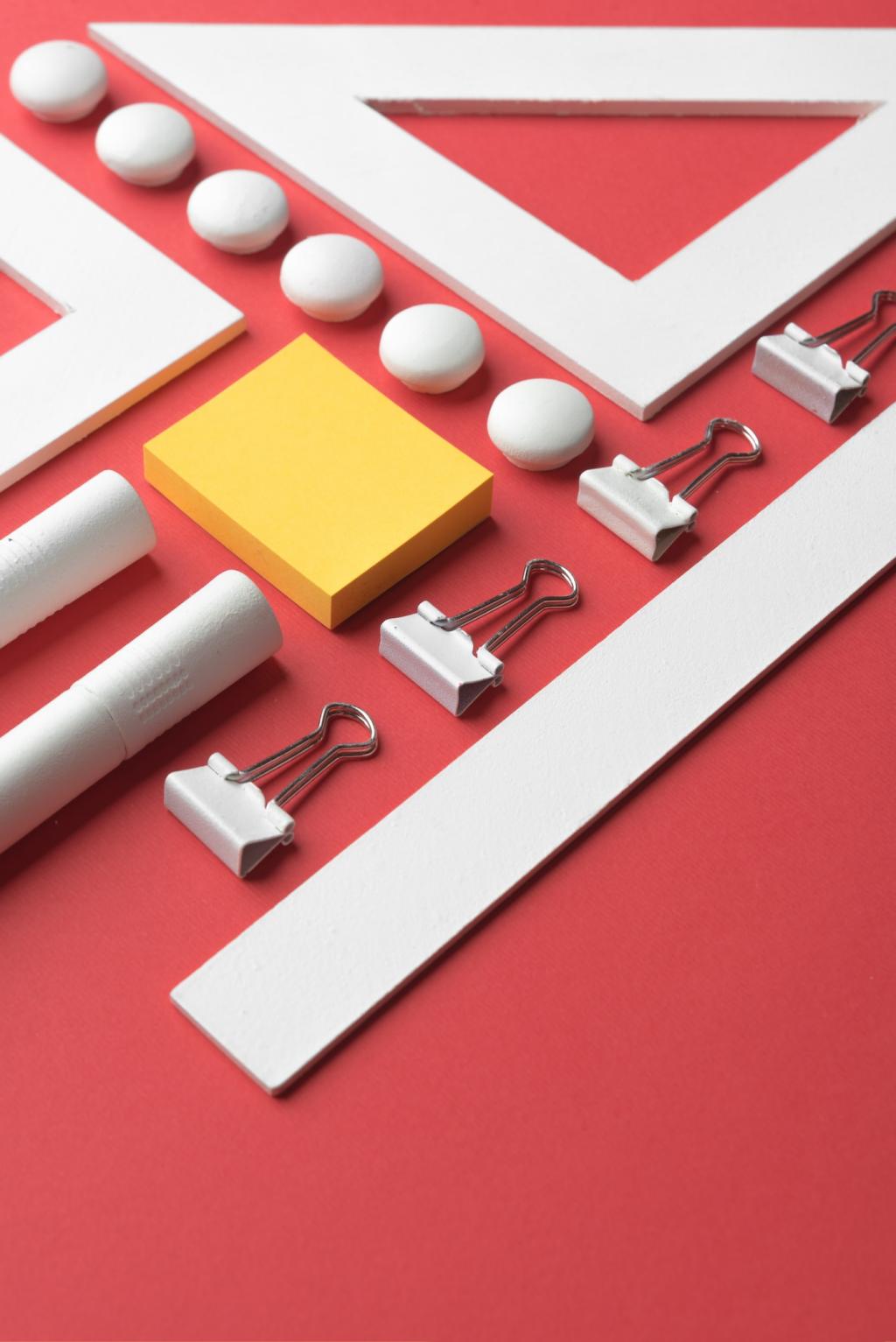UX Writing That Mirrors Your Aesthetic
Favor verbs that clarify the next step: Save Progress, Preview Layout, Continue Securely. Keep syllables tight for balance with compact buttons. Test alternatives aloud; rhythm matters. Ask readers to click where timing and intent feel crisp, not pushy.
UX Writing That Mirrors Your Aesthetic
When there’s nothing to show, offer meaningful guidance, not apologies. Suggest the first task, link a helpful resource, or propose a template. An empathetic empty state reduces anxiety and quietly demonstrates the considerate design mind behind the product.






